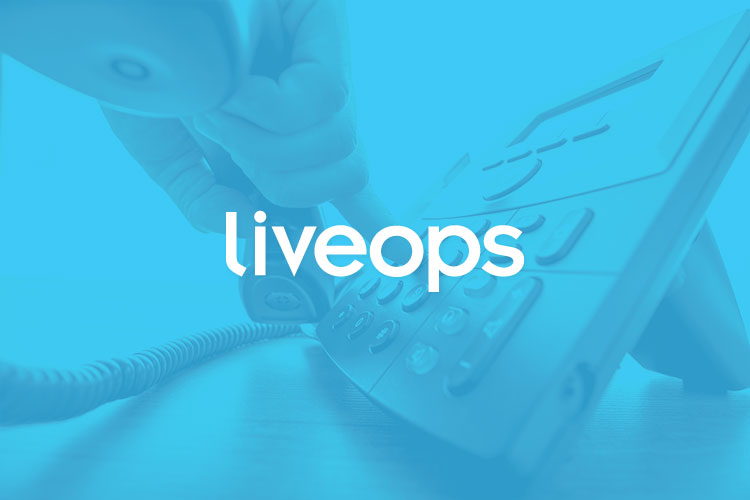Smart business owners keep a close eye on creating an enjoyable environment for their employees. Gamification at the workplace is able to bring lots of benefits, such as increased engagement, motivation, and education level of the workers. It is also a great way of general workflow optimization.
In short, gamification is able to impact the behavior of employees. Increased levels of motivation to get a better position at a leaderboard could boost sales (a proven fact). Also, it is a non-obtrusive way of controlling people in the workplace.
Gamification creates a sense of competition and directs employees on the right path to completing their work tasks.
Article Insights
In this article, we are going to speculate on why do gamification embracing at a workplace fail (mistakes to avoid), and how to do it in the right way.
Surely, we won’t leave the reader without examples of successful gamification implications at a workplace and suggest the ways to execute it for your business.
Source: medium.com
But first, let us discuss why does gamification works at some places and fails at others.
Why Corporate Gamification Efforts Fail?
According to Gartner’s research, 80 percent of workplace gamification apps don’t work/ don’t meet business requirements due to various factors. Among them are poor design, lack of meaning.
They made their forecast about only one out of four gamification apps reaching certain results back in 2012 and were spot on.
Since then plenty of world’s giants such as SAP, IBM, and Infosys invested big into gamification (as Brian Burke, Research Vice President at Gartner, predicted in his book).
Some of the organizations failed miserably at doing so. Among the most notable gamification fails are Zappos (retail), Mariott (Hotel business), Omnicare (pharmacy company).
Among the most common reasons are poor planning and/or execution of the solution. Those who are completely disengaged from any work-related activities perceive attempts of employers to gamify their work as another duty they don’t need.
Sometimes badges (that serve as a reward for a certain work activity) do not affect anything, which makes them absolutely pointless. That’s what happened with the Zappos app. Blatant effort to make gamification in just adding useless points had no sense and brought no results.
Source: mediaconnection.com
Also, the whole idea may backfire (Omnicare efforts in 2013). To reduce waiting times for customers, the leaderboard was created for the people who responded to customers’ calls faster. The substantial part of workers has chosen to leave their positions due to the fact they thought they were monitored too much.
However, if executed well, gamification makes impactful results for the organization.
In the next chapter, we’ll describe successful gamification attempts.
How to Execute a Gamification Attempt to Make It Successful?
Let’s dive right into enterprise-level organizations that made it all right.
SAP, a worldwide known tech company created an app for motivation and ensuring the correct sales path for their employers.
“Hey, we know your job is hard. That’s why you need the best f*cking route, planner.” –
says their app Roadwarrior.
Here is how it works. The salesperson takes part in the meeting with the clients (those meetings are simulated but the examples and data are real). Reps that make positive impact allow employees to earn badges and this data is collected in virtual leaderboards to unlock higher and higher levels of simulation.
There is also additional purpose to this app: it serves as a data sheet on a customer’s needs and therefore, makes it easier for salespersons to answer questions and close deals.
SAP wasn’t Omnicare-like on this occasion if you know what I mean. They understood and what their sales team needed and executed it perfectly.
However, unless you invest in software that is tailored to the real working experiences of your staff, it won’t have the impact you need. Choose professionals to develop such an app.
Let us give you another example of a good gamification app.
A contact center solution company called LiveOps – was trying to motivate its 20,000 service agents who worked in their call centers. With the staff turnover going as high as up to 70% in the business, the founders of the company were trying to find a good way to keep up the spirit among the members of their big remote team.
Source: liveops.com
The solution appeared in the form of an app developed by the company Bunchball.- it was an application that allowed workers earning rewards upon completing extra training.
As a result, LiveOps workers had the following results within a week after the software launch:
- 80% of agents opted in and 75 of them returned to the app on a bi-weekly basis
- 23% productivity boost on average from participators vs. non-participators
- Customer satisfaction rate boosted by 9% in result
That is the living proof of the gamification factor having an impact on motivation, productivity, and end results of different types of the company.
Key Considerations When Designing Employee Gamification Apps
We can also highlight things to consider while developing a gamification app for your employees.
Define the ultimate goals
It is important to know the basic elements of your future software solution and the goals of gamification at the workplace in your company.
Find specific sub-goals
You have to know exactly what you expect from the staff by using the gamification app. Defined control over certain actions to get rewards is a must. Connect the objectives with business requirements.
Make sure it’s not an obligation.
Don’t forget about entertaining function – if you won’t make it fun – there is no point in qualifying at all, total engagement and full inclusion in the process is required. You can test the ideas before the official launch of an app.
Make all the elements work towards the goals
Leaderboards and rewards are a must in any environment where the staff is competent, as well as numerous other options. Select gamification strategies and elements that will appeal directly to your team and incentivize them when working.
Conclusion
The main challenge for those who try to implement gamification at the workplace is keeping the employees engaged to the respect that doesn’t bring them stress with additional tasks.
A common issue for many projects that are connected to digital transformation nowadays is where to use technology and what to leave to human beings. Gamification apps are useful to a certain measure but human factors should be the priority. Gamification requires human leadership and inspiration.
It is not the decision to productivity issues but a great tool to improve one.












